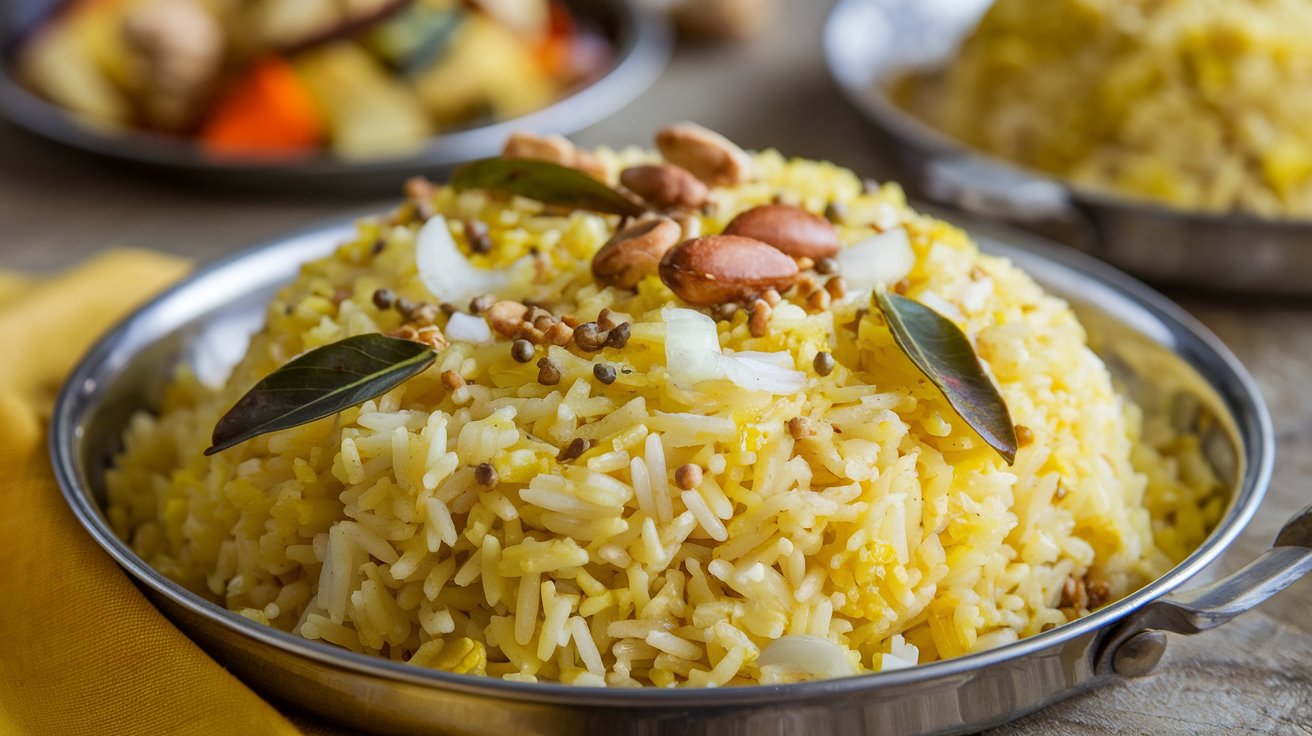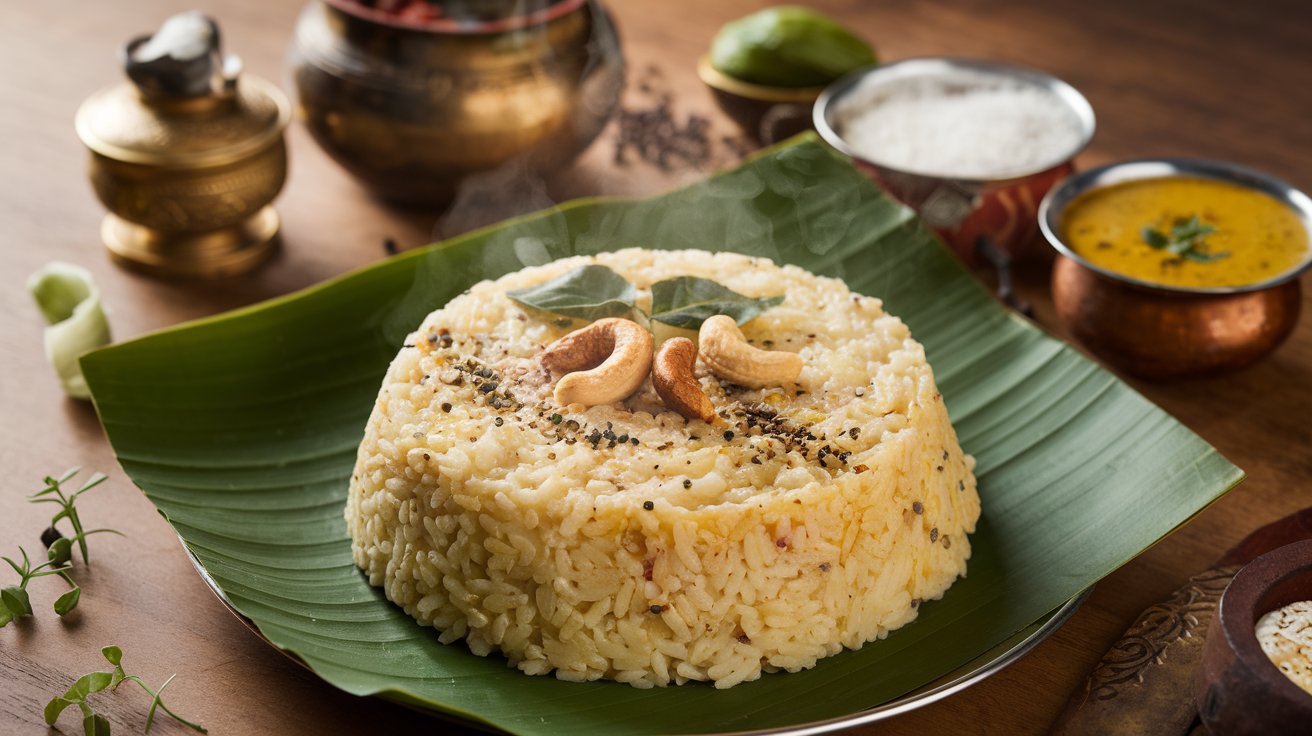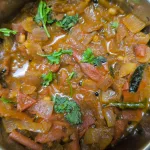

Join the Newsletter
Dive into quick, nutritious recipes, expert health tips, local food finds, and the latest in nutrition. Let’s explore healthier living together!
How to Modify South Indian Dishes for a Balanced Diet
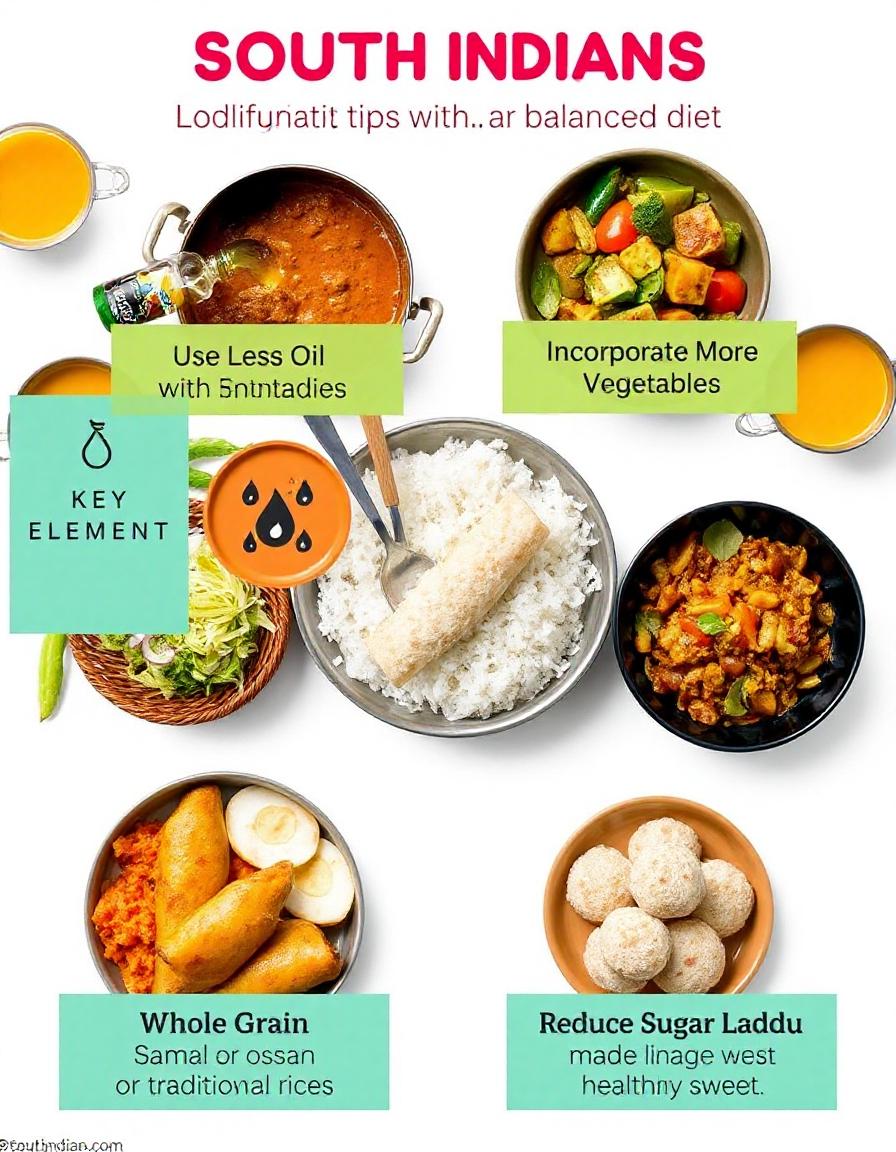
Affiliate Disclosure
Before reading this post, please be aware that some links in this article are affiliate links. This means that if you click on one of these links and make a purchase, we may earn a commission at no additional cost to you. We only promote products and services that we believe will be beneficial to our readers.
For more information, please read our full Affiliate Disclosure.
South Indian cuisine is celebrated for its bold flavors and variety, and it can be tailored to support a healthy eating plan. With some mindful adjustments, you can savor the delicious essence of South Indian dishes while maintaining a nutritious balance in your meals. Here’s a guide to adjusting classic South Indian recipes to fit a balanced diet.
Cut Down on Oil
South Indian recipes often use a substantial amount of oil, particularly in items like dosa and vada. To make these dishes healthier, consider using less oil or adopting alternative cooking techniques. For dosa, try using a non-stick pan with a minimal amount of oil to achieve the desired crispiness while cutting down on calories. For vada, baking can be a great alternative to deep-frying, as it requires less oil and preserves the enjoyable texture. If frying is your preference, choose heart-healthy oils such as olive or canola oil and use them in moderation.

Switch to Whole Grains
Traditional South Indian recipes often rely on refined grains. To enhance their nutritional value, consider swapping these refined grains for whole grains. For example, use brown rice or quinoa in place of white rice in dishes such as sambar rice or puliyodarai. These options offer increased fiber and nutrients, helping you feel fuller longer and supporting digestive health. Likewise, opt for whole wheat flour instead of refined flour for making chapati or paratha. Whole wheat flour adds more fiber and vitamins, thereby improving the overall nutritional quality of your South Indian meals.
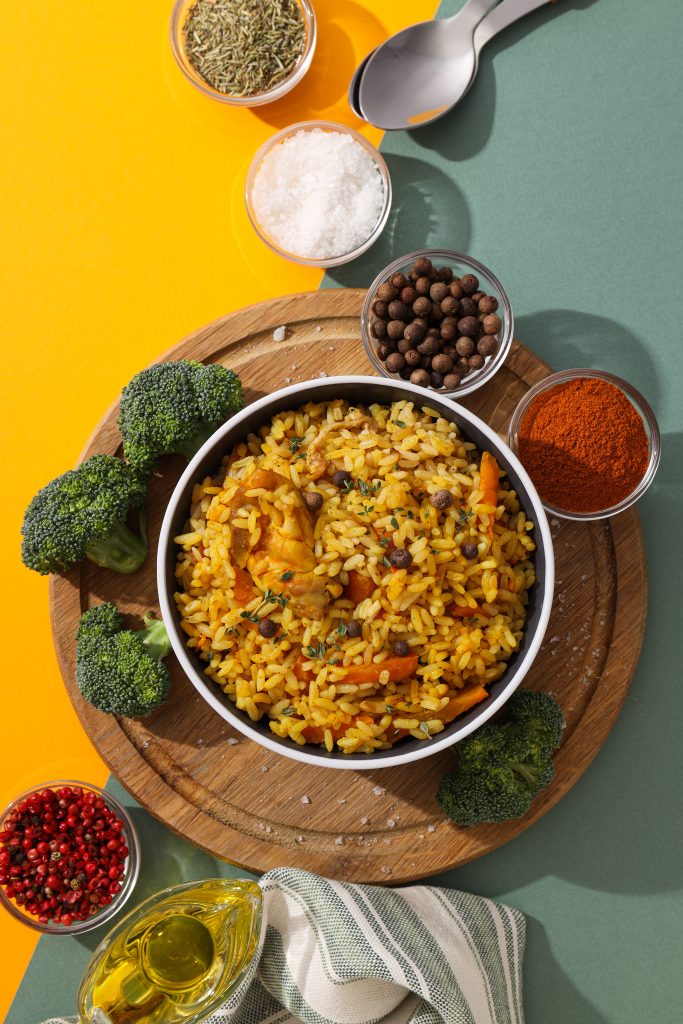
Increase Vegetable Content
Vegetables play a crucial role in South Indian cooking, and increasing their presence can further improve the nutritional value of your meals. For dishes like sambar and kootu, include a diverse range of vegetables such as carrots, beans, spinach, and bell peppers. This addition not only raises the fiber and vitamin levels but also enriches the flavor of the dish. When preparing upma or poha, mixing in vegetables like peas, tomatoes, and cauliflower can enhance the meal’s nutrient profile while adding vibrant color. This approach boosts both the health benefits and the visual appeal of South Indian cuisine.

Opt for Lean Proteins
South Indian cuisine features proteins such as lentils and legumes, which are great for a balanced diet. To increase the protein content while maintaining a lean profile, you might add chicken breast or fish to dishes like kurma or biryani. Prepare these proteins with minimal oil and seasoning to keep the meal both light and nutritious. For those who follow a vegetarian diet, incorporating tofu or paneer can enhance protein levels. Paneer, for instance, can be included in dishes like paneer tikka or vegetable curry, providing a protein boost without adding excessive calories.
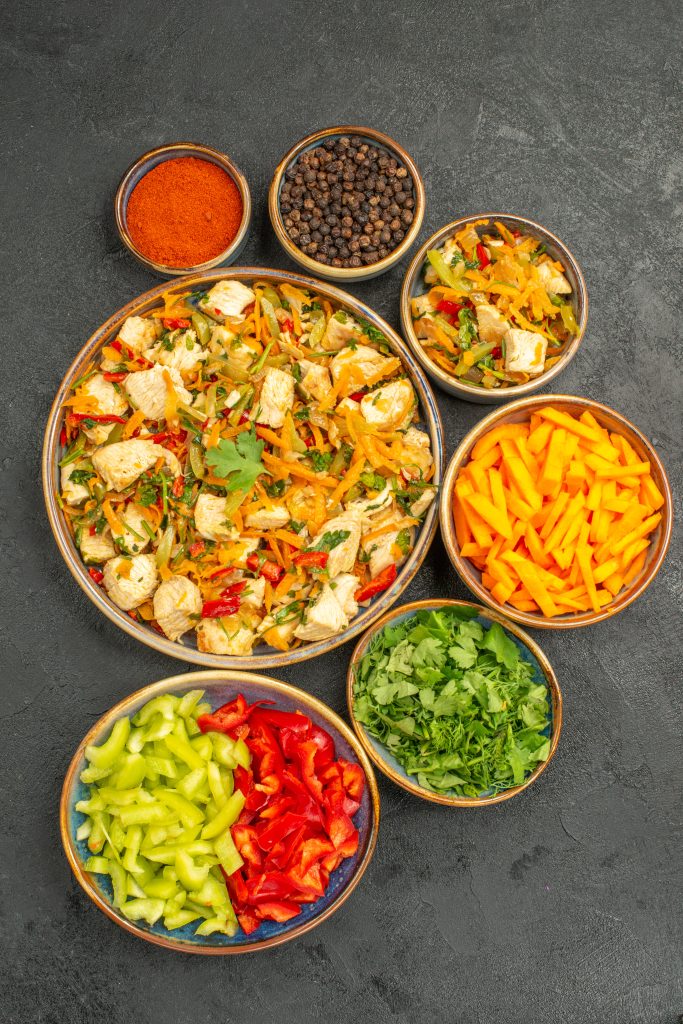
Choose Low-Fat Dairy
Numerous South Indian dishes incorporate dairy ingredients such as yogurt and ghee. To make these dishes healthier, consider choosing low-fat or fat-free options. For example, Greek yogurt can be used instead of full-fat yogurt in dishes like raita or buttermilk, providing a creamy texture with fewer calories and increased protein. When a recipe calls for ghee, you can either use it in smaller quantities or substitute it with lighter alternatives like coconut oil or olive oil. Reducing ghee helps cut down on both calories and fat content.
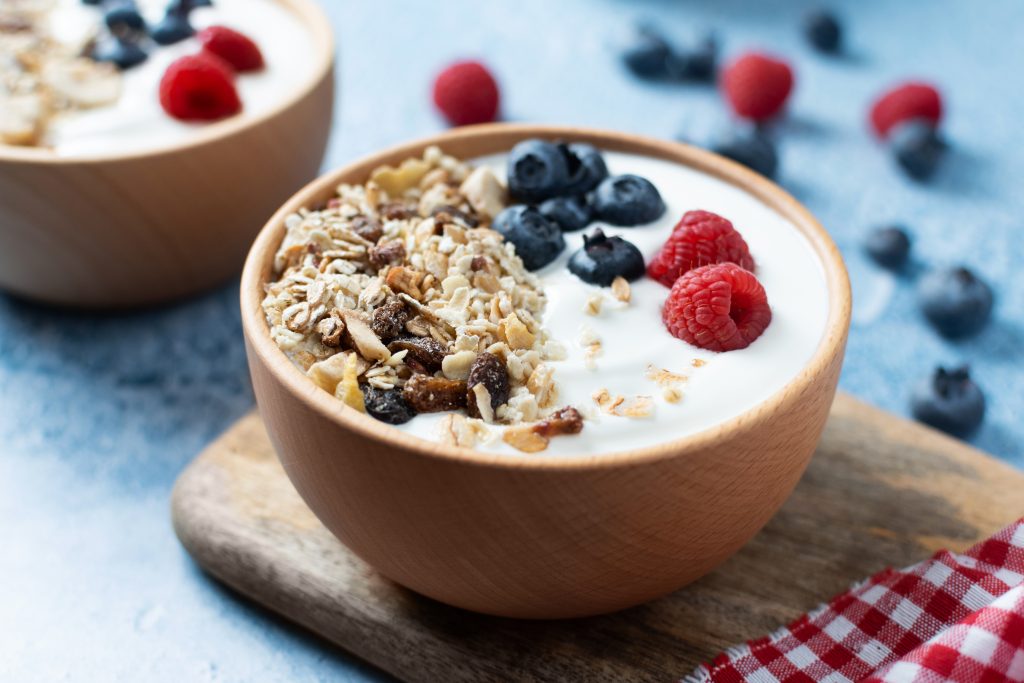
Practice Portion Control
Controlling portion sizes is essential for maintaining a balanced diet. This principle applies even when adapting South Indian dishes, as it aids in regulating calorie consumption. For items like idli and dosa, consume them in moderate amounts and complement them with ample servings of vegetables and lean proteins. When it comes to rice dishes like biryani or curd rice, limit the quantity of rice and enhance the meal with more vegetables and protein. Utilizing smaller plates can also be an effective strategy to manage portions and avoid overeating.
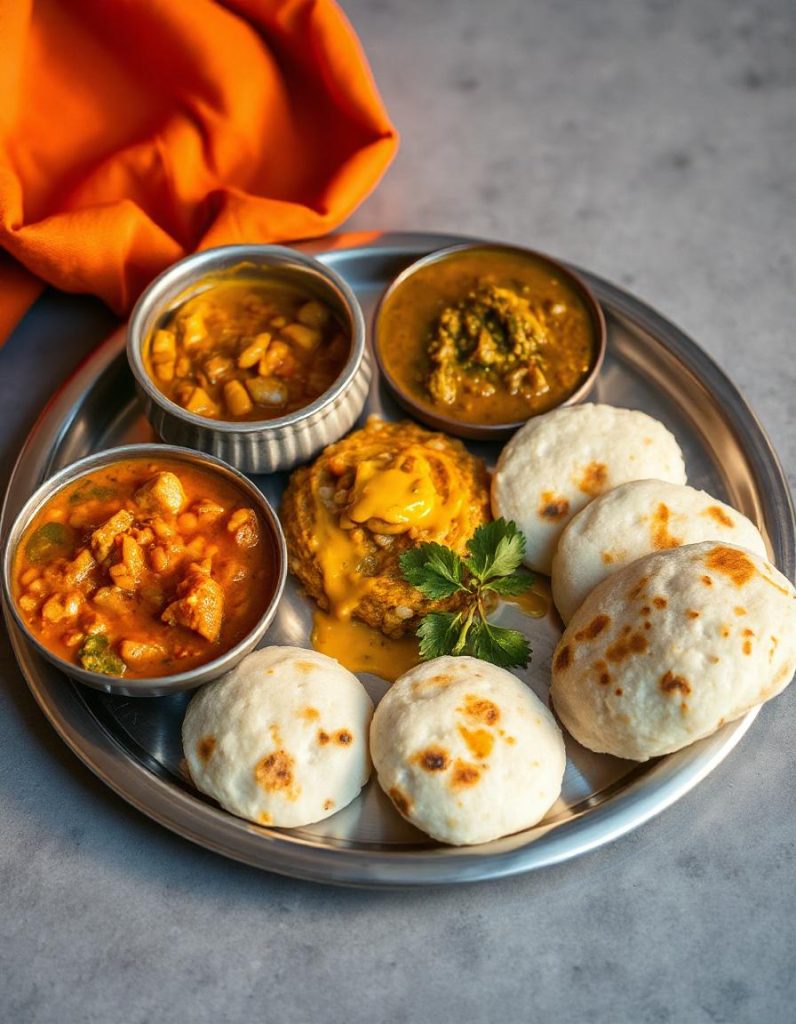
Choose Healthier Snacks
Classic South Indian snacks often have high calorie and fat content. To make healthier choices, consider replacing deep-fried items like samosas or pakoras with options such as roasted chana or sprouted bean salad. These alternatives are rich in fiber and protein, offering a more balanced dietary option. Additionally, preparing homemade popcorn seasoned with spices rather than butter provides a low-calorie, satisfying snack that aligns well with a nutritious eating plan. This approach is both light and beneficial for maintaining a healthy diet.
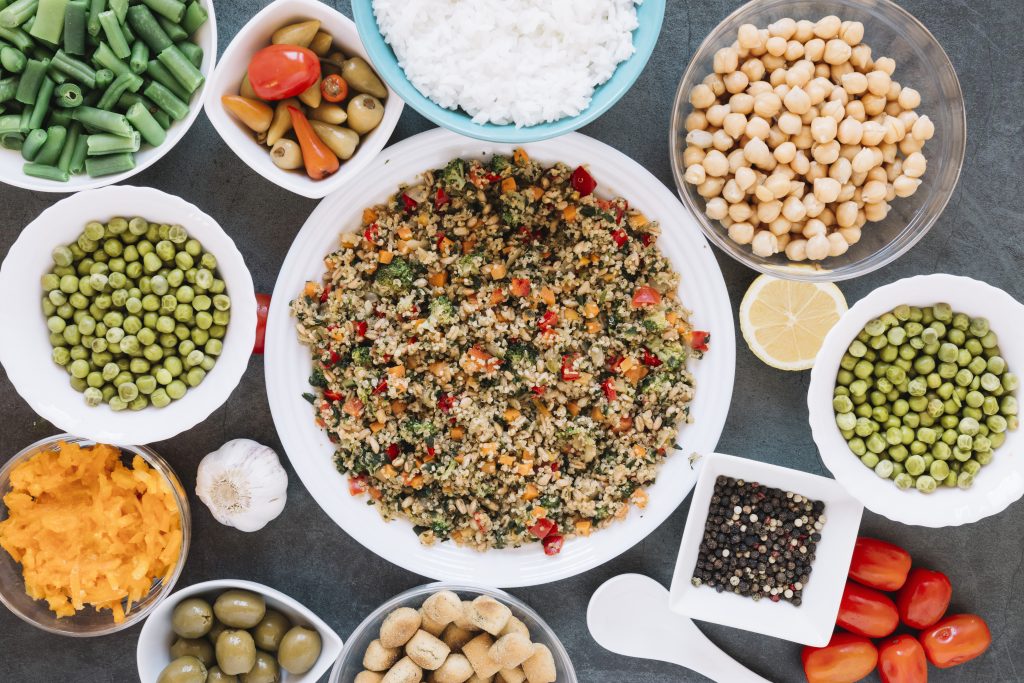
Conclusion
South Indian cuisine features a rich variety of dishes that can be tailored to support a balanced diet. To align these meals with health goals, focus on cutting down oil, integrating whole grains, increasing vegetable quantities, opting for lean proteins, using low-fat dairy options, managing portion sizes, and choosing healthier snacks. By making these adjustments, you can enjoy the vibrant flavors of South Indian cooking while enhancing your overall well-being and maintaining balance in your diet.

Welcome to Merge Blog!
Dive into quick, nutritious recipes, expert health tips, local food finds, and the latest in nutrition. Let’s explore healthier living together!

I’m Divya Bharathi, the person behind MergeBlog. I’m a passionate food enthusiast sharing simple, nutritious recipes and tips for a balanced lifestyle. Join me on this delicious journey!
Divya Bharathi
SUBSCRIBE & FOLLOW
MUST-READ ARTICLES
Join the Newsletter
Dive into quick, nutritious recipes, expert health tips, local food finds, and the latest in nutrition. Let’s explore healthier living together!
